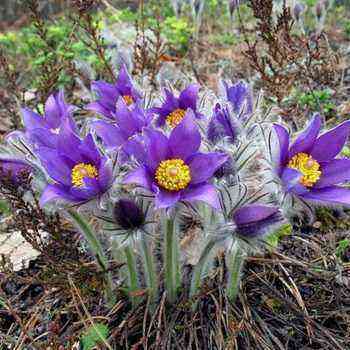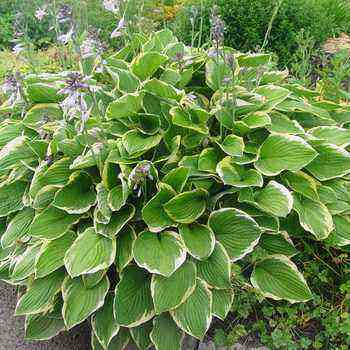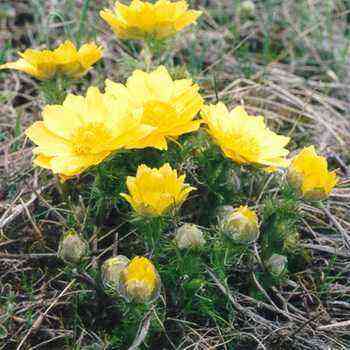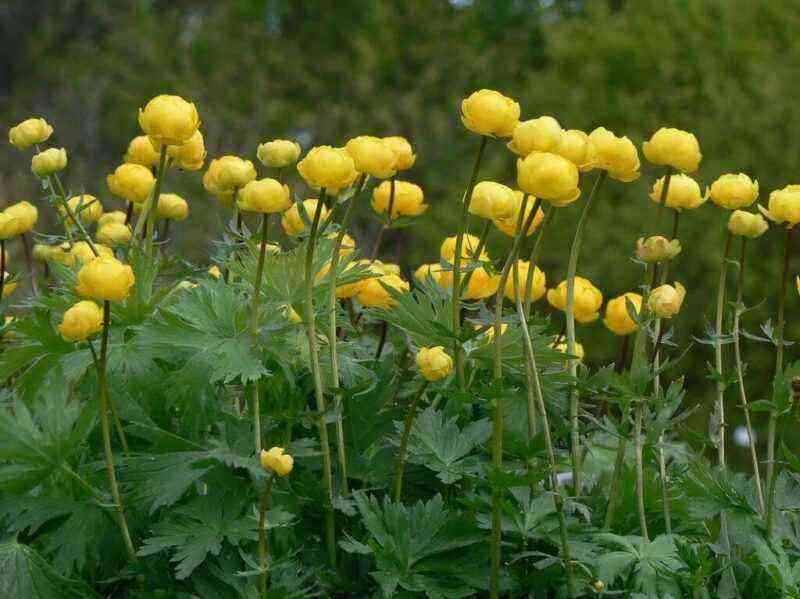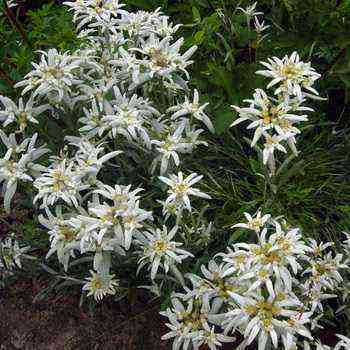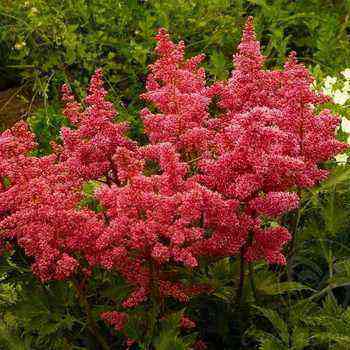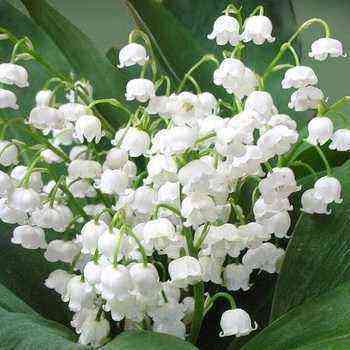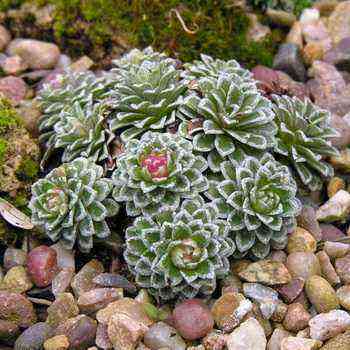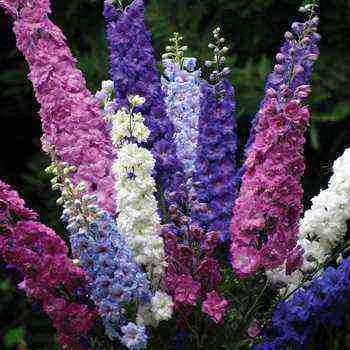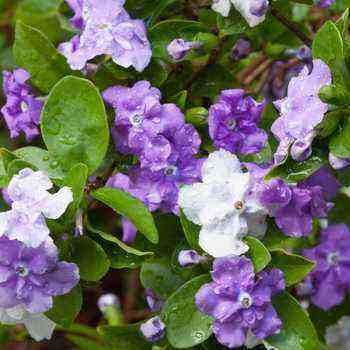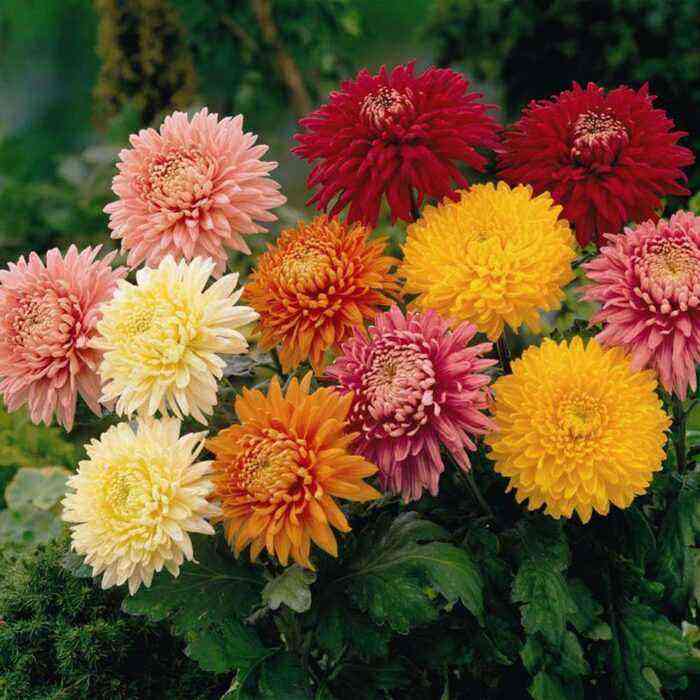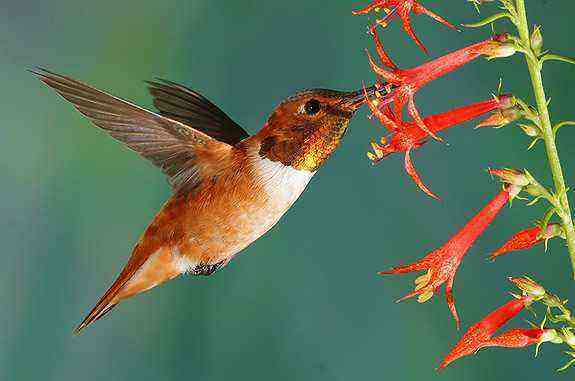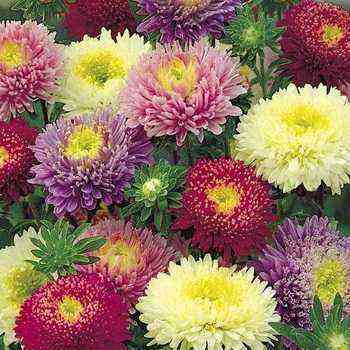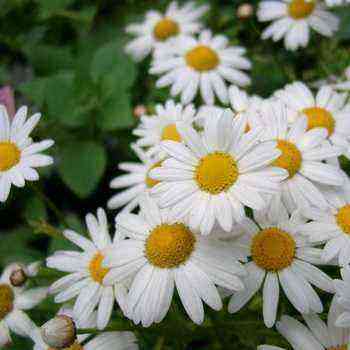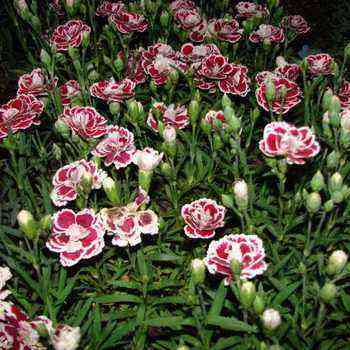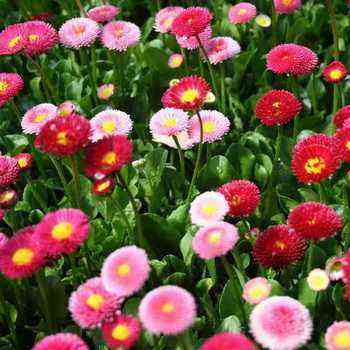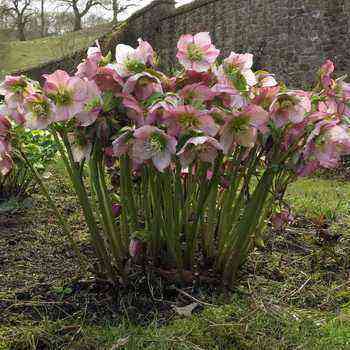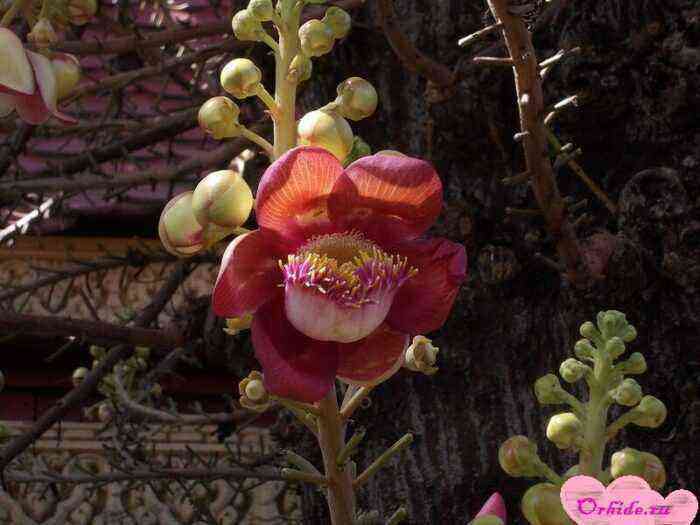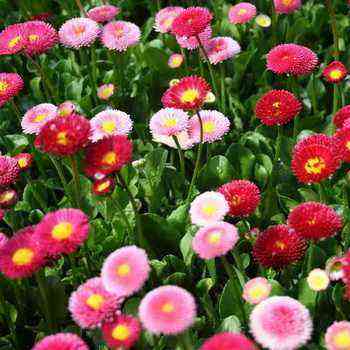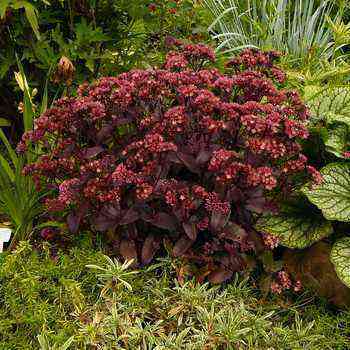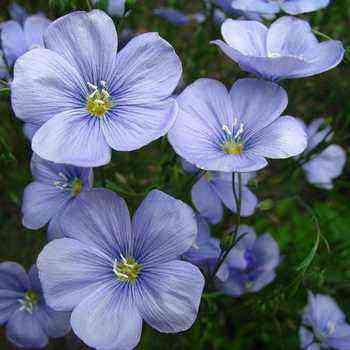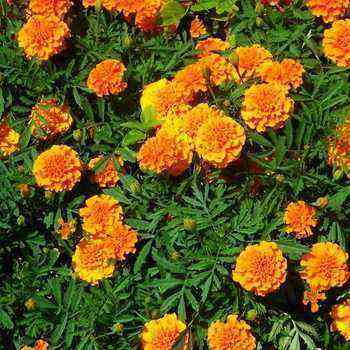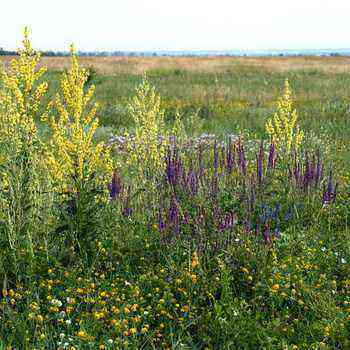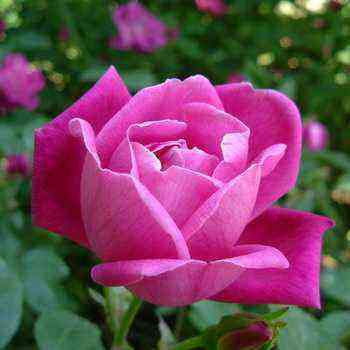 Unfortunately, neither sharp thorns nor tart aroma save roses from diseases and pests: without treatment, the bushes can stop at the budding stage or shed flowers immediately after they bloom. Photos and descriptions of diseases and pests of roses can be found in any reference book, more and more new means for plant protection appear regularly, but even the most experienced flower growers cannot achieve absolute relief from these misfortunes, and every year the struggle has to be started anew.
Unfortunately, neither sharp thorns nor tart aroma save roses from diseases and pests: without treatment, the bushes can stop at the budding stage or shed flowers immediately after they bloom. Photos and descriptions of diseases and pests of roses can be found in any reference book, more and more new means for plant protection appear regularly, but even the most experienced flower growers cannot achieve absolute relief from these misfortunes, and every year the struggle has to be started anew.
The most common rose diseases and how to deal with them
Most often in the spring, roses are affected by pests, and in summer and autumn – by diseases. The most common diseases are powdery mildew, rust, gray rot, shoot burn, black spot. Here you will see photos of diseases and pests of roses, as well as learn about the fight against them.
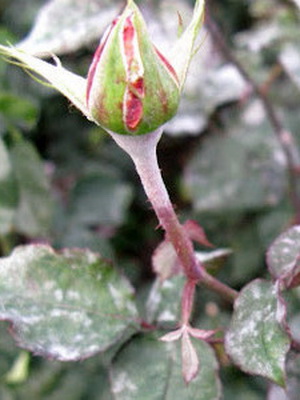
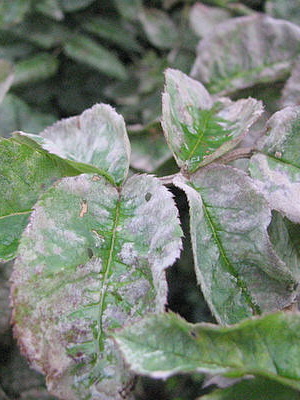
Powdery mildew. More often fresh, actively growing shoots and foliage are susceptible to it. A powdery coating of white, ash or gray shades appears on the surface of the foliage, stem, bud and thorns. Due to this disease, many physiological processes in the rose are disrupted, the foliage curls, fresh sections of the shoots die off too early.
It is important not only to know about diseases of roses and how to deal with them, but also to apply this knowledge in practice.
For treatment, it is necessary to apply the autumn pruning of the affected shoots, the collection and subsequent burning of fallen leaves. It is imperative to dig up the soil with the seam turnover, since pathogens die from a lack of air in the soil. In late autumn or early spring, it is recommended to spray with the following solutions: 3% iron sulfate with 0.3% potassium sulfate or 3% copper sulfate. In addition, preventive spraying with herbal and chemical preparations is required.
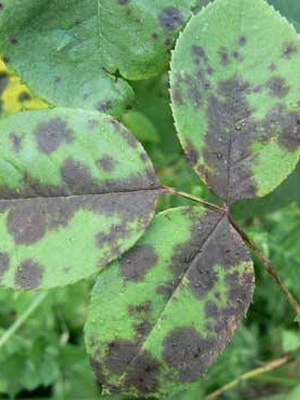

Black spotting. This is a type of fungal disease. On foliage, petioles and stipules, a dark brown, radiant, irregular spotting is formed. With severe infection, the entire leaf becomes dark, dries up and falls off. It is recommended to use the collection and burning of diseased foliage, pruning and burning of affected shoots, digging the soil with a turnover, autumn or spring spraying of the rose and nearby soil before the buds begin to bloom with a chemical or herbal preparation.
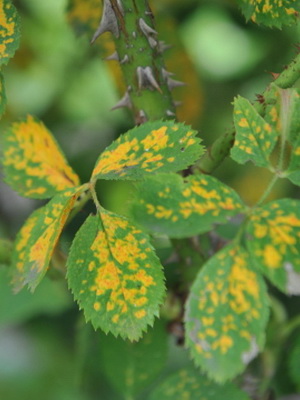
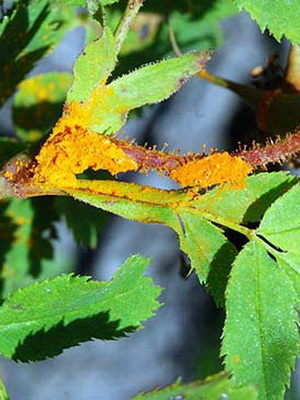
Rust is dangerous for roses. On the back of the leaf, small orange-yellow sporulation pads become noticeable. When a disease occurs, the plant is depressed, the foliage dries up, the stem, shoots and flowers suffer from deformation. Pruning affected shoots, collecting fallen leaves and burning them, digging up nearby soil, spraying the rose with Bordeaux liquid or iron vitriol should be applied.
Now that you have read the photo, description and methods of treating roses, you can protect the plants from death:
Rose pests and control measures
The most common pests are aphids, caterpillars, thrips, sawflies and spider mites. Below you can find a photo and description of such rose pests as rose sawfly and leafworm.
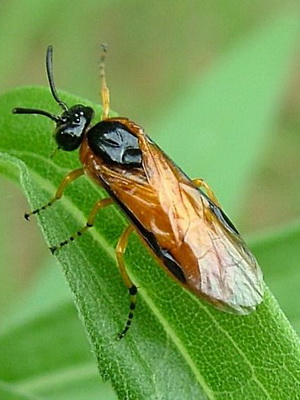
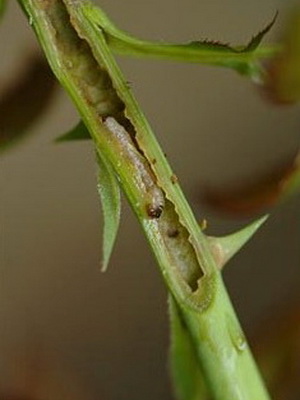
Rose sawfly. Its larva hibernates in a cocoon in the soil. In the spring, it pupates, and an adult insect flies out of the pupa. The female lays eggs one by one at the top of the young shoot, which begins to darken and dry out. In the autumn period, the caterpillar descends into the ground to winter.
In the fall, it is necessary to dig up the soil under the bush so that the caterpillar is on the surface and frozen out in winter. Against the hatched caterpillar, the plant should be sprayed with one of the specialized chemicals. Pruning and burning of a populated shoot is performed before the larvae emerge from it.


In spring, leaf rollers appear on roses. They cause great damage to foliage and young shoots, cause damage to barely blossoming buds.
Knowing about these pests of roses, the fight against them must be started immediately. With a small population, caterpillar leaf rollers can be collected by hand and destroyed. Also, until the buds bloom, the bush is sprayed with a specialized chemical.

